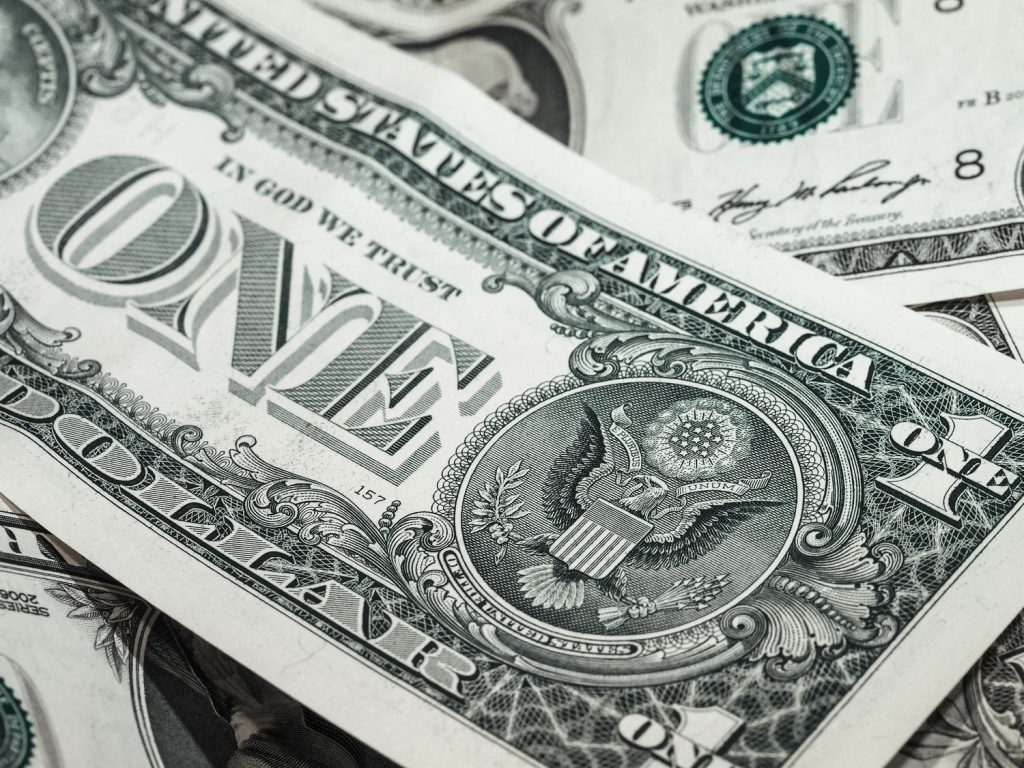(Reuters) – The dollar ticked higher on Monday, regaining some ground after falling for three straight weeks on bets that the Federal Reserve will soon be cutting interest rates, while bitcoin breached $41,000 for the first time since early 2022.
The euro was last down 0.1% at $1.0876, while the dollar index, which tracks the currency against six major peers, rose by 0.19% to 103.33.
“I think it’s the fact that U.S. policy rate expectations have gone too far and will unwind more in December than rate expectations elsewhere,” said Colin Asher, senior economist at lender Mizuho in London.
Last month the euro rallied 3% against the dollar and hit its highest since August at more than $1.10 as data showed U.S. inflation was cooling rapidly. The dollar index dropped 3.1% in November in its biggest monthly fall in a year.
“November was… a very poor month for the U.S. dollar, in part driven by expectations of easier Fed policy,” Asher said. “We see some scope for a reversal into year end.”
Sterling was down 0.27% at $1.2675 on Monday, while the Australian dollar was 0.44% lower at $0.6646. The U.S. dollar also rose against the Swiss franc, last up 0.31% at 0.8723 francs.
Bitcoin ripped to its highest since April 2022 at more than $41,700, buoyed by expectations that U.S. regulators will soon approve an exchange-traded bitcoin fund. Investors’ bets that the Fed’s rate-hiking cycle is over have also boosted riskier assets in financial markets.
Chair Jerome Powell said on Friday that the Fed is prepared to tighten policy further if needed, but also said that interest rates are “well into restrictive territory” and are slowing inflation.
The dollar was little changed against the yen at 146.69, after falling to 146.24 in the Asian session, its lowest since mid-September.
“A steady USD decline needs more than just an expectation of Fed rate cuts, it also needs strong growth outside of the U.S. which doesn’t seem to be the case currently,” said Charu Chanana, market strategist at Saxo Markets.
She said the U.S. dollar was likely to have periods of strength during a broad downtrend.
Data on Monday showed that exports from Germany unexpectedly fell in October, denting hopes that Europe’s biggest economy was stabilising.
The key data point for investors this week is the November U.S. jobs report, which is expected to show the American economy added 180,000 jobs last month, up from 150,000 in October.
Currency markets could also be swayed this week by speeches from several European Central Bank officials, including a speech by President Christine Lagarde later on Monday.
Euro zone retail sales data is due on Wednesday, ahead of Chinese trade figures on Thursday.



